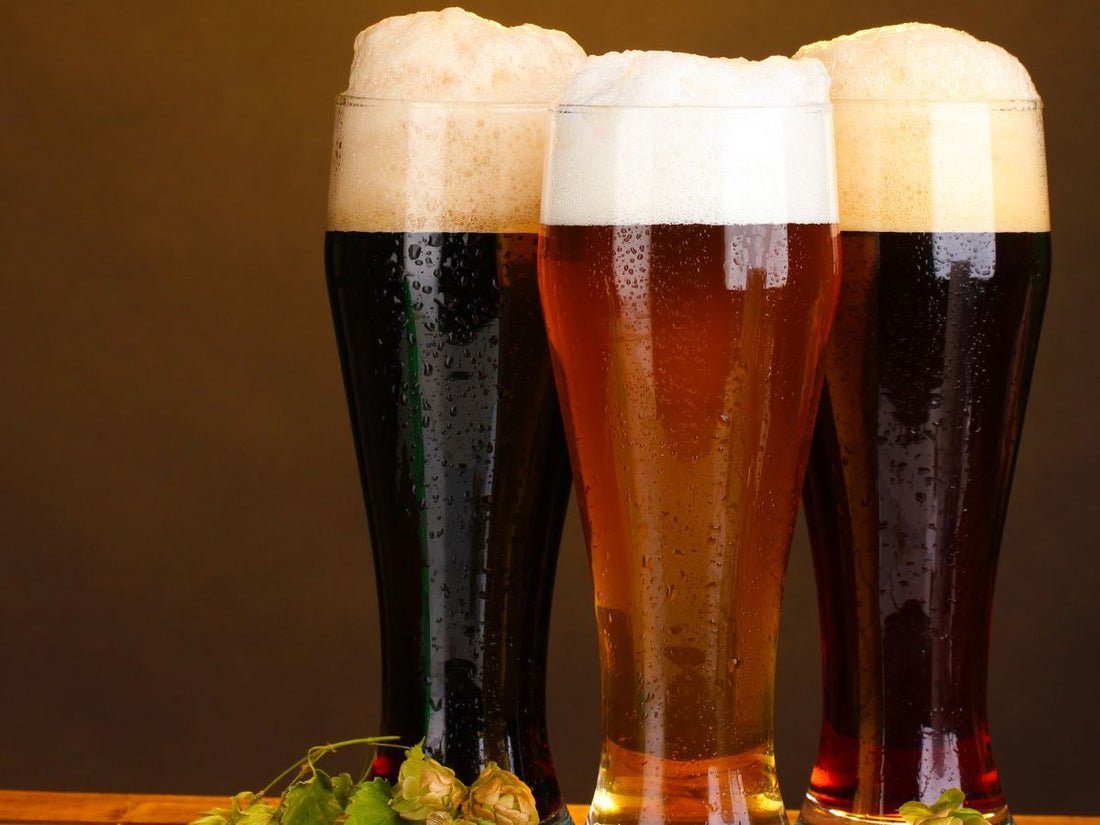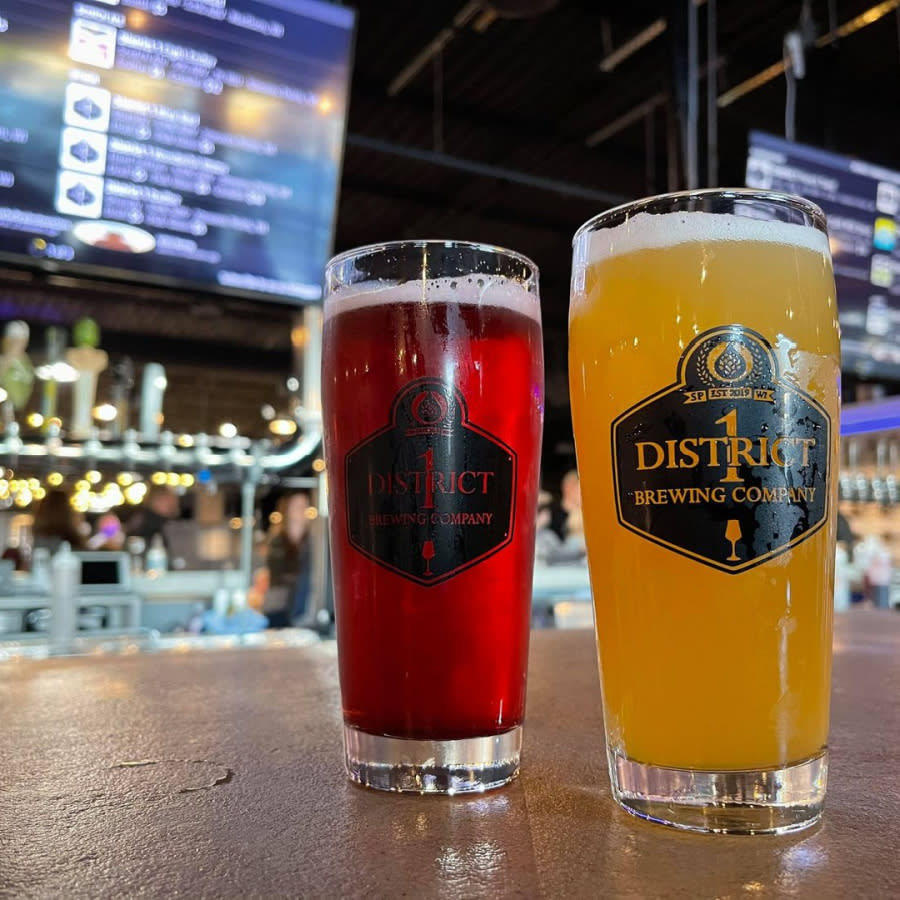From Mash to Container: The Intricacies of Craft Distillery Production Revealed
Craft distillery production is a thorough procedure that entails a collection of detailed steps to transform raw components into a refined spirit ready for usage. From the first phases of mash prep work to the final touches of bottling and identifying, each phase of manufacturing plays a crucial duty in forming the personality and quality of the final product (Seawall Bar). As we untangle the intricacies of craft distillery production, we will uncover the artistry and scientific research behind each action, dropping light on the surprise globe that culminates in the creation of a phenomenal and one-of-a-kind spirit
The Art of Mash Prep Work
Mash preparation in craft distillery manufacturing is a precise procedure that lays the structure for the high quality and flavor account of the last distilled spirits. The art of mash prep work involves combining grains such as barley, corn, rye, or wheat with water and enzymes to transform the starches into fermentable sugars. This essential action requires accuracy in the choice of grains, water quality, and enzyme task to make sure optimum sugar extraction throughout fermentation.
Craft distilleries take excellent care in sourcing high-quality grains as they straight influence the taste and character of the spirits. The percentages of various grains used in the mash bill are additionally very carefully determined to attain the preferred taste account. Furthermore, variables such as water temperature, pH levels, and blending methods play a significant function in the mashing procedure.
Once the mash is prepared, it goes through fermentation, where yeast is included in convert sugars right into alcohol. The high quality of the mash directly affects the efficiency of fermentation and inevitably, the overall high quality of the distilled spirits. Craft distilleries satisfaction themselves on their attention to detail throughout mash prep work, recognizing its relevance in developing extraordinary spirits.
Fermentation: Changing Ingredients Into Alcohol
Exactly how do craft distilleries change meticulously prepared components right into alcohol through the process of fermentation? Fermentation is an important action in craft distillery production where yeast communicates with sugars to produce alcohol. After the mash prep work phase, the liquid, known as wort, is moved to fermentation storage tanks. Yeast is then included in the wort, where it takes in the sugars present in the blend, transforming them right into alcohol and carbon dioxide.

During fermentation, the temperature level and environment are very closely checked to make sure optimum conditions for yeast activity. This process generally takes numerous days to a week, depending on the preferred alcohol web content and taste profile. As the yeast works its magic, the fluid undergoes significant chemical modifications, resulting in the development of alcohol.
Once fermentation is total, the resulting fluid is called the wash or beer. This alcoholic fluid works as the foundation for the subsequent purification procedure, where it will certainly be changed into the final spirit with cautious workmanship and precision strategies.
Distillation Techniques and Equipment
Using specific tools and accurate methods, craft distilleries utilize numerous purification techniques to remove and improve the alcohol web content of the fermented clean, ultimately shaping the personality and quality of the final spirit. Distillation is the process of separating alcohol from the fermented liquid with evaporation and condensation. Craft distilleries normally make use of pot stills, column stills, or crossbreed stills in their purification processes. Pot stills, containing a swan and a pot neck, are recognized for generating savory spirits with rich structures. On the other hand, column stills, which have multiple plates for purification, are preferred for developing lighter and smoother spirits. Hybrid stills integrate components of both pot and column stills, supplying distillers adaptability in crafting a varied variety of spirits. The selection of still and the distillation strategy utilized dramatically affect the fragrance, taste, and general high quality of the distilled spirit. Craft distillers commonly try out different equipment arrangements and distillation methods to accomplish special and exceptional spirits that show their creativity and knowledge.
Aging Process: From Barrel to Container
With the distilled spirits currently prepared, the focus shifts in the direction of the critical point of the aging procedure, where the makeover from barrel to bottle imbues the fluid with distinct flavors and qualities. Aging plays an essential role in the development of the spirit, as it engages with the timber of the barrels. The selection of barrel kind, whether oak, charred, or formerly utilized for other spirits, considerably affects the last preference account. During aging, the spirit goes through a complicated series of chemical reactions that improve its color, taste, and aroma.
Bottling and Identifying: Final Touches
Upon completion of the aging procedure, the craft distillery thoroughly wages the precise tasks of identifying and bottling, including the final touches that will offer the spirit to consumers. Bottling is an important step that calls for accuracy to make sure consistency in each container. Craft distilleries usually make use of automated bottling lines outfitted with machinery such as labelers, fillers, and cappers to enhance the process. These devices help keep effectiveness while supporting top quality criteria.
Labels usually include crucial details like the spirit's name, alcohol content, and origin. In addition, some craft distilleries hand-label their bottles for a customized touch, specifically for minimal edition releases.
When view website the containers are filled up, secured, and identified, they undertake a last evaluation to ensure they fulfill the distillery's criteria. This focus to detail in the identifying and bottling procedure reflects the craft distillery's commitment to delivering a premium item to consumers.

Final Thought
In verdict, the procedure of craft distillery production includes meticulous steps such as mash prep work, fermentation, distillation, aging, and bottling (Galveston Liquor). Each phase needs mindful attention to detail and customized equipment to ensure the last product fulfills resource high standards of high quality. From changing ingredients right into alcohol to bottling and classifying the finished product, craft distilleries display the art and scientific research behind creating exceptional spirits for critical consumers
Craft distillery production is a careful procedure that involves a series of complex actions to change raw ingredients into a refined spirit prepared for usage.Mash prep work in craft distillery production is a precise process that lays the foundation for the high quality and taste profile of the last distilled spirits. Craft distilleries satisfaction themselves on their focus to information throughout mash prep work, recognizing its value in producing remarkable spirits.
Upon completion of the aging process, the craft distillery Full Report very carefully continues with the thorough tasks of labeling and bottling, including the last touches that will certainly offer the spirit to consumers. From transforming components into alcohol to bottling and identifying the completed product, craft distilleries showcase the art and scientific research behind producing superior spirits for critical consumers.